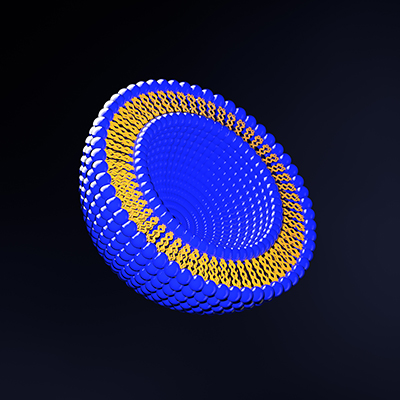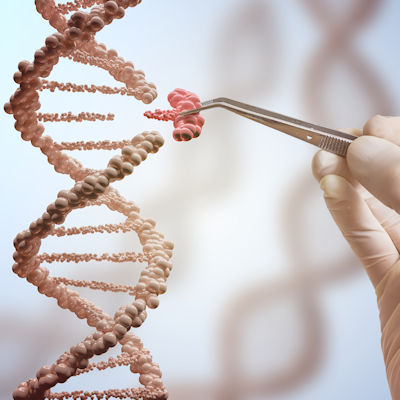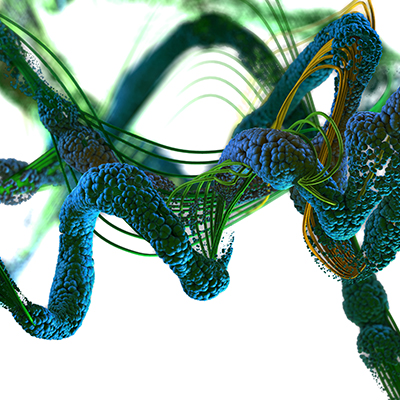May 22, 2023 -- Altering the chemical properties of the anti-nausea drug netupitant enables it to enter interior cell compartments and provide long-lasting pain relief, according to research published Monday in the Proceedings of the National Academy of Sciences (PNAS).
According to the researchers, the work demonstrates that pain signaling occurs inside cells rather than at the surface, highlighting the need for drugs that can reach receptors within cells.
G protein-coupled receptors (GPCRs) are a family of proteins that regulate many body processes; they are the target of one-third of clinically used drugs. A GPCR subset, including the neurokinin-1 (NK-1) receptor, plays an important role in pain.
Several drugs targeting the NK-1 receptor are U.S. Food and Drug Administration (FDA)-approved to prevent nausea and vomiting associated with chemotherapy or surgery. However, drugs targeting the receptor failed to control pain in clinical trials in the 1990s, dashing hopes for its use in pain management. These drugs failed in part because they blocked receptors at cell surfaces.
The researchers found that GCPRs signal pain not from cell surfaces, but from compartments inside the cell called endosomes. Sustained signaling in endosomes appears necessary for the hyperexcitability of pain-sensing neurons involved in chronic pain. As a result, pain treatment may require developing new drugs that penetrate cells, are retained in endosomes, and disrupt signaling inside the cell.
The researchers focused on aprepitant and netupitant, two NK-1 receptor antagonists used to prevent nausea and vomiting. To overcome the enormous differences between the NK-1 receptor in mice and humans, the researchers genetically modified mice to express the human NK-1 receptor. Although encapsulating aprepitant in nanoparticles delivered the drug to endosomes, researchers found that aprepitant only briefly disrupted endosomal signaling in cellular studies, and only stopped pain in mice for short periods.
Netupitant held more promise. The researchers changed the drug's chemical properties to make it more capable of penetrating a cell's lipid membrane. They also altered the charge on the molecule so that once the drug entered the acidic endosome environment, it would stay trapped inside and accumulate. These changes allowed the modified netupitant to readily penetrate cells, reach the endosome, and block NK-1 receptor signaling for a much longer time. The altered netupitant had a more potent and long-lasting analgesic effect in mice than either aprepitant or the regular form of netupitant.
The researchers also studied mice with NK-1 receptors on the outer cell membrane, rather than inside. These mice were more resistant to pain than those with human NK-1 receptors inside the cell, illustrating the importance of endosomes in signaling pain. The researchers plan to continue studies on animals with the goal of developing new pain therapies that block GCPRs in endosomes.
"Although we focused on the neurokinin-1 receptor, our findings are likely applicable to many G-protein coupled receptors because many of them show sustained signaling within cells, and therefore require drugs that can enter cells and block the receptors in endosomes," senior author Nigel Bunnett, molecular pathobiology professor at the NYU College of Dentistry, said in a statement.
Disclosures: Nigel Bunnett is a founding scientist of Endosome Therapeutics. His laboratory's research is funded in part by Takeda Pharmaceuticals International.
Copyright © 2023 scienceboard.net
















